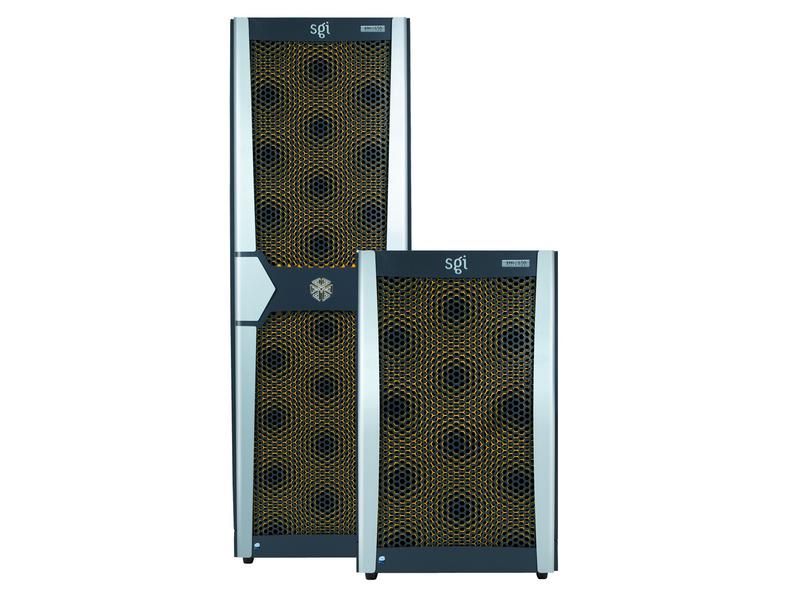SGI launch greener HPC server
Next generation blade server solution designed from the ground up specifically for high performance computing is more energy efficient, SGI claimed.


SGI today announced its next generation blade server solution for high performance computing, offering six teraflops in a rack using less energy and space than previous models, the company said ahead of the International Supercomputing Conference in Dresden.
The ultra-dense rack architecture means the new Altix ICE 8200 is capable of delivering 40 per cent more computing performance per floor tile than competitors, while maintaining a smaller energy output, SGI claimed.
A single Altix rack can be powered by 512 Intel Xeon processing cores, delivering six teraflops of performance. Altix's smart powering saves 76 per cent of previous energy use at rack level, while water-cooled doors pull away 95 per cent of the heat, saving energy and extending product life.
While such high performance devices tend to be used by government bodies and public sector organisations, such as defense, industry, and research and education, enterprise are increasingly buying into HPC hardware for big projects. "Performance computing is moving into enterprise, to run large CRM and large business intelligence applications" said Tim Butchart, European vice president of SGI.
With configurations available running between eight and 512 processors per rack, a full 512 rack will cost $350,000 (172,000).
However, the Altix platform could be a money saver for some because of energy efficiencies and cooling innovations. "It can save 10 per cent of power in a system equating to about $53,000 for a ten teraflop or two-rack system," said Dave Parry, senior vice president and product general manager at SGI.
In order to achieve the efficiencies, any extra components were taken off the blades including storage, while cables were minimised. The system can do 128 cores without cabling and 512 with only minimal cables, which also helps reduce the number of failure points in every rack.
Sign up today and you will receive a free copy of our Future Focus 2025 report - the leading guidance on AI, cybersecurity and other IT challenges as per 700+ senior executives
As the device comes preloaded with software, it's easy to install, the company claims. "We ship the system ready to run customer applications rather than just a box of parts," said Parry.
The system is already in use by the University of Exeter, where Matthew Bates, a professor of theoretical astrophysics plans to use it to study the formation of stars and planets.
The school took delivery of a 128-core system last week. "It arrived in the morning... it was up and running by early afternoon," said Bates. He added that a previous smaller cluster bought by the school from a different vendor sat around for weeks before it was set up and running.
Freelance journalist Nicole Kobie first started writing for ITPro in 2007, with bylines in New Scientist, Wired, PC Pro and many more.
Nicole the author of a book about the history of technology, The Long History of the Future.
-
 Google Cloud announces new data residency flexibility for UK firms, accelerator for regional startups
Google Cloud announces new data residency flexibility for UK firms, accelerator for regional startupsNews UK-specific controls and support for up and coming AI firms is central to Google Cloud’s UK strategy
-
 Workers are covering up cyber attacks for fear of reprisal – here’s why that’s a huge problem
Workers are covering up cyber attacks for fear of reprisal – here’s why that’s a huge problemNews More than one-third of office workers say they wouldn’t tell their cybersecurity team if they thought they had been the victim of a cyber attack.
